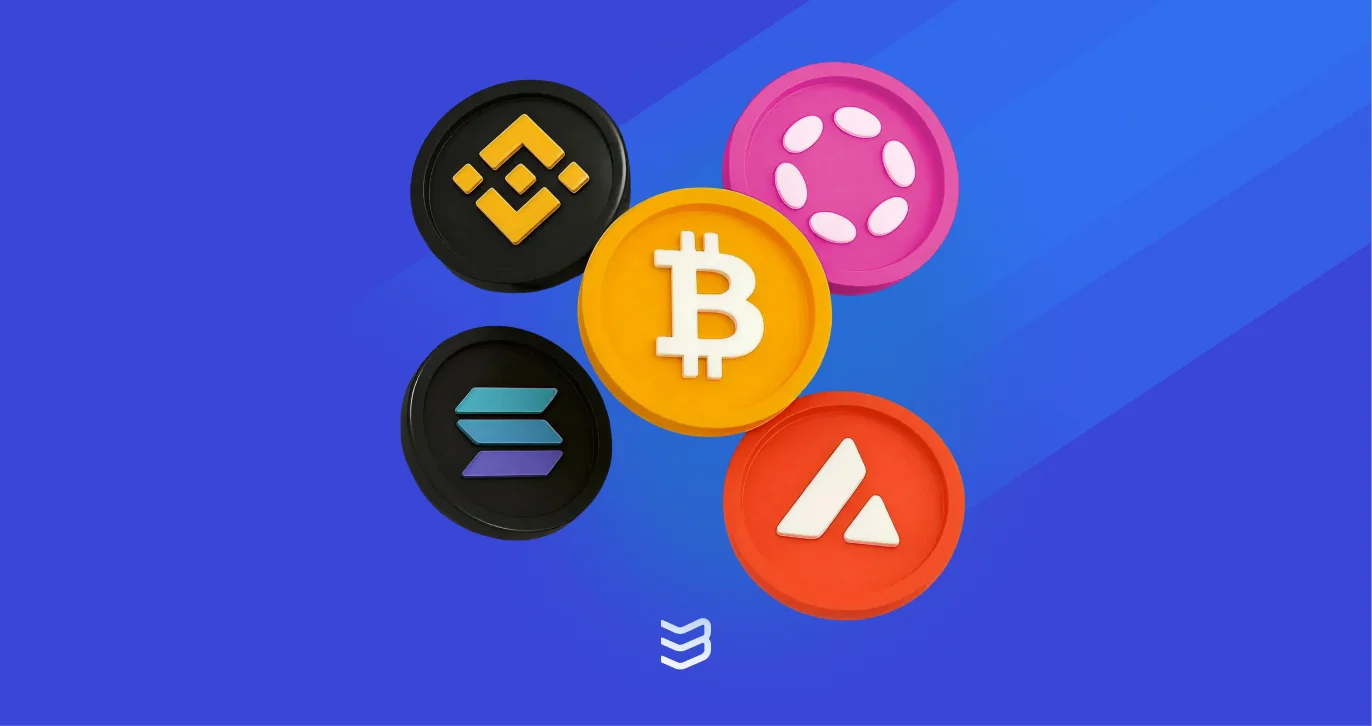tl;dr
- Online games have long enabled social interaction, from Diablo 1 to World of Warcraft.
- Web3 metaverses integrate blockchain, enabling ownership, decentralized economies, and governance.
- The metaverse is a persistent digital world for interaction, creation, and ownership.
- Key features include immersion, social interaction, persistence, and interoperability.
- The metaverse concept gained traction during COVID-19, alongside a crypto bull run.
A Brief Introduction to the Metaverse & Web3
Since the dawn of the internet, people have been using games to interact with each other. Personally, my first experience came from playing Diablo 1 online in the late '90s on a slow dial-up modem. You would customize your character, choose a nickname, and play cooperatively or against each other. Later, more ambitious metaverses, such as World of Warcraft, were launched.
The concept of the metaverse, a persistent, digital world where users interact in real-time, gained peak attention during the COVID-19 lockdowns. This period also coincided with a major crypto bull run, leading to a surge in Web3 metaverse projects.
Unlike traditional online games, Web3 metaverses integrate blockchain technology, enabling digital ownership, decentralized economies, and user-driven governance. This article explores the evolution of virtual worlds and how blockchain enhances them.
What is the Metaverse?
The metaverse is more than just virtual reality or augmented reality; it is a persistent, interconnected digital world where users can interact, create, and own virtual assets. Unlike traditional online games or social media platforms, the metaverse is designed to be immersive, socially interactive, and interoperable across different platforms and applications. It is a digital extension of the real world, where users can work, play, and connect easily.
Key characteristics of the metaverse include immersion, where users feel fully engaged in the digital environment; social interaction, allowing people to communicate and collaborate in real time; persistence, meaning these virtual spaces exist even when users log off; and interoperability, where assets and identities can move between different virtual environments.
Key Components of the Metaverse
At the core of the metaverse are virtual worlds and spaces, which provide the foundation for digital interactions. Users navigate these worlds through avatars, personalized digital identities that can represent them across different platforms. Virtual goods and economies play a significant role, enabling users to buy, sell, and trade digital assets, often powered by blockchain technology.
User-generated content is another defining feature, as metaverse environments rely on communities to create experiences, from in-game structures to virtual art galleries. The long-term vision of the metaverse also emphasizes interoperability, allowing users to transfer assets and identities between different virtual spaces.
Examples of Metaverse Platforms and Experiences
Popular platforms such as Roblox, Decentraland, Fortnite, and Meta’s Horizon Worlds showcase different metaverse applications. These range from gaming and social networking to virtual events and business meetings. Whether attending a digital concert in Fortnite or purchasing virtual land in Decentraland, the metaverse has grown a lot since the 90s. It is also worth noting that Decentraland is a leading web3 metaverse, while others mentioned are web2.

Understanding Web3: The Decentralized Internet
Unlike Web1, which was primarily static web pages with limited user interaction, and Web2, which introduced dynamic content and social media but centralized control under a few large corporations, Web3 aims to distribute power and ownership back to users.
At its core, Web3 leverages blockchain technology to create a trustless environment where individuals have control over their digital identities, assets, and interactions. Instead of relying on centralized servers, Web3 applications operate on decentralized networks, ensuring greater transparency and security. This shift promises an internet where users own their data and digital assets rather than being mere consumers of content controlled by tech giants.
Key Technologies Driving Web3
Blockchain serves as the backbone of Web3, enabling secure, immutable transactions and decentralized storage. Cryptocurrencies facilitate peer-to-peer transactions without intermediaries, forming the economic foundation of Web3 ecosystems.
dApps replace traditional apps by running on blockchain networks, offering users more control and transparency. NFTs introduce verifiable digital ownership of assets like art, music, and virtual goods. Meanwhile, DAOs enable collective decision-making, allowing communities to govern projects without centralized leadership.
The Importance of Decentralization
One of Web3’s primary advantages is its emphasis on user control and data ownership. In Web2, corporations collect and monetize user data, often without clear consent. Web3 disrupts this model by giving users sovereignty over their information, reducing reliance on third-party platforms.
Decentralization also mitigates issues like censorship and data breaches. By distributing control across a network rather than a single entity, Web3 ensures that applications and digital assets remain secure, accessible, and free from corporate overreach.
The Intertwined Relationship: Metaverse and Web3
Vitalik Buterin, the co-founder of Ethereum, famously started developing the second most popular blockchain out of spite after Blizzard nerfed his Warlock class in World of Warcraft. This experience made him realize the dangers of centralized control in virtual worlds, inspiring him to create a decentralized alternative. His vision laid the foundation for Web3, which now plays a crucial role in shaping the Metaverse.
How Web3 Powers the Metaverse
Web3 provides the technological backbone for a decentralized Metaverse, allowing users to own digital assets rather than relying on centralized game publishers or platforms. Blockchain technology enables verifiable ownership of virtual items through NFTs, ensuring that in-game assets, skins, and land parcels remain under the control of users rather than corporations.
Cryptocurrencies facilitate in-Metaverse economies by enabling seamless, trustless transactions without intermediaries. Users can buy, sell, and trade virtual goods across platforms, creating a thriving digital marketplace. DAOs further enhance this ecosystem by enabling decentralized governance over virtual spaces, allowing communities to make collective decisions about in-game policies, development, and economic structures.
Decentralization and Interoperability
One of Web3’s most significant contributions to the Metaverse is interoperability—the ability for users to move assets, identities, and experiences across different virtual worlds. Traditional online platforms operate in silos, restricting digital ownership to specific ecosystems. Web3 disrupts this by ensuring that assets acquired in one Metaverse environment can be used in another, fostering a more open and interconnected digital space.
Decentralization also ensures that the Metaverse is not controlled by a single corporation, reducing risks of censorship, asset devaluation, or arbitrary changes. Instead, users collectively shape the evolution of virtual worlds, aligning them with community interests rather than corporate profit motives.
Enhancing User Experience and Ownership
By integrating Web3 principles, the Metaverse becomes more immersive and engaging. Unlike traditional games where developers control in-game assets, Web3 empowers users to truly own their digital possessions, fostering deeper emotional and financial investment. Whether through virtual land ownership, digital fashion, or in-game economies, users gain more agency over their online presence.
This shift transforms the Metaverse from a centralized entertainment platform into a decentralized, user-driven digital society. It blurs the lines between gaming, social interaction, and economic activity, making virtual worlds more meaningful, valuable, and persistent.
The Future of Web3 & Metaverses
The first wave of Web3 metaverses showed great promise, but blockchain technology faced strong resistance from mainstream gamers and developers. Many saw NFTs and crypto integration as unnecessary or exploitative. However, as the Web3 industry matures and more successful metaverse projects emerge, perceptions may shift. With improved gameplay, true digital ownership, and decentralized economies, Web3 metaverses could attract top talent and mainstream gamers.
If developers can prove the value of blockchain without compromising user experience, the next generation of web3 metaverses may draw in the broader gaming community.


.webp)



